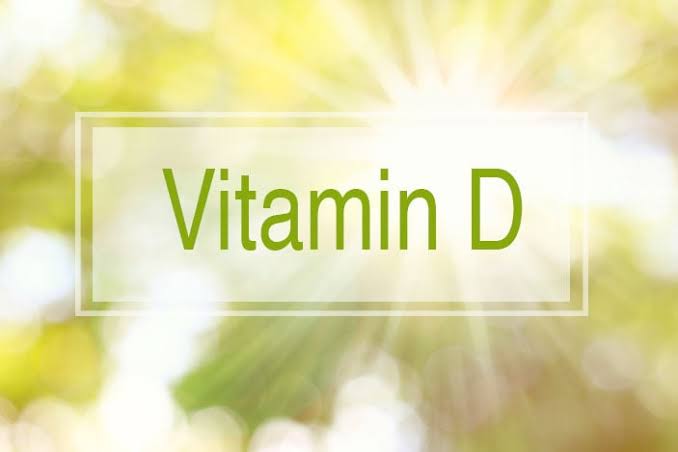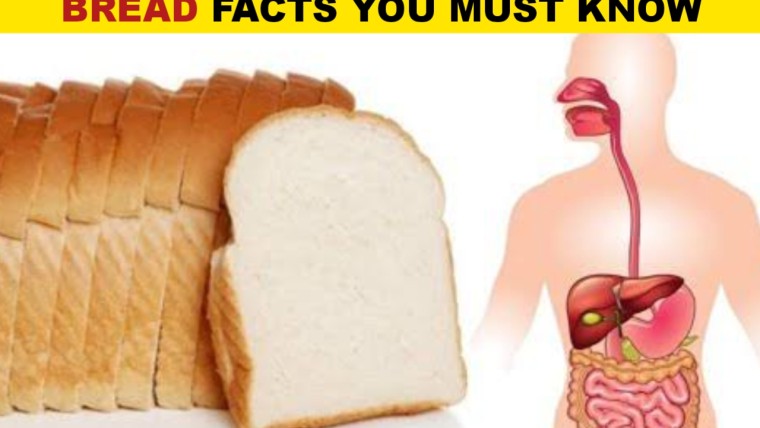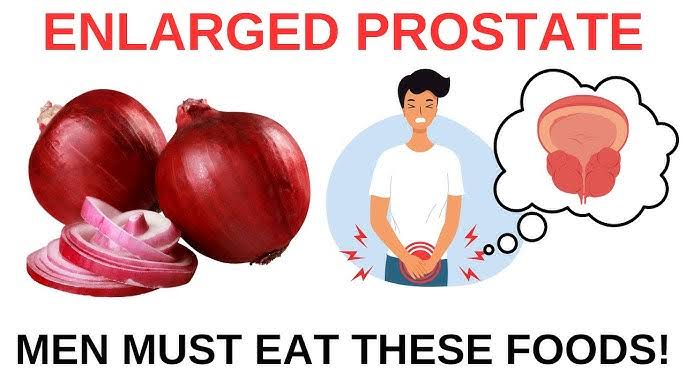Did you know that over 40% of the world’s population is vitamin D deficient? It’s no surprise, after all, the so-called “sunshine vitamin” depends precisely on sun exposure—something that becomes rare during the cold, cloudy winter months.
Our modern lifestyle, increasingly confined to offices, enclosed spaces, and sunlight, further exacerbates this problem. And when winter arrives, the days get shorter, the sun weaker, and our bodies have even more trouble producing this essential vitamin.
But it’s not just the lack of sunlight that’s a problem. Diet also plays a key role—and unfortunately, the list of foods naturally rich in vitamin D is quite limited.
The good news is that it is possible to maintain adequate vitamin D levels even in winter, without necessarily resorting to supplements. In this article, we’ll show you how, through smart dietary choices and practical tips, you can protect your health and strengthen your immune system.
Why is Vitamin D so important?
Vitamin D goes far beyond helping bone health, as many people think. It plays a crucial role in the functioning of the entire body. Here are some of its main benefits:
- Strengthens bones and teeth, helping with calcium absorption.
- Regulates the immune system, protecting against flu, colds and infections.
- Contributes to cardiovascular health.
- Improves mood and helps combat seasonal depression.
- Participates in the prevention of autoimmune and metabolic diseases.
When we are deficient in vitamin D, we may experience fatigue, muscle pain, low immunity, hair loss, and even mood swings.
How much Vitamin D do you need?
According to major health organizations, such as the National Institutes of Health (NIH) , the recommendations are as follows:
- 600 IU (15 mcg) per day for adults up to 70 years of age.
- 800 IU (20 mcg) per day for people over 70 years of age.
Some groups need even more, such as pregnant women, people with prediabetes, obesity, darker skin (which produces less vitamin D from sunlight), or conditions that hinder nutrient absorption. Consult a nutritionist to find out how many units of vitamin D you need.
Why is it so difficult to get Vitamin D through food alone?
If you’ve ever tried to create a menu focused on vitamin D, you’ll realize it’s not that simple. This is because few foods contain significant amounts of this nutrient.
Classic examples include:
- Cod liver oil (something rarely found on Brazilian tables).
- Fatty fish, such as salmon, sardines and mackerel.
- Egg yolk.
- Beef liver.
- Mushrooms exposed to UV light.
Fortunately, many foods are fortified, meaning they receive added vitamin D during the manufacturing process. This is the case for:
- Milk and dairy products.
- Plant-based drinks (such as soy, almond, or oat milk).
- Margarine.
- Some processed juices, such as orange juice.
Natural sources of Vitamin D: which ones are worth it?
1. Fatty Fish: The Vitamin D Superfood
- Salmon
- Sardine
- Tuna
- Horsetail
A 100g serving of salmon can provide up to 570 IU of vitamin D, almost the entire daily requirement.
2. Mushrooms: The Smart Vegetarian Option
Mushrooms, when exposed to UV light, significantly increase their vitamin D content, offering up to 450 IU per 100g, depending on the species.
Choose mushrooms that indicate on the label that they have been exposed to UV light or enriched with vitamin D.
3. Egg Yolk
Although in smaller quantities, egg yolk offers around 40 IU per unit, making it a good option as a supplement.
4. Beef Liver
Although it may not please everyone’s palate, beef liver contains approximately 50 IU per 100g.
5. Fortified Foods
- Milk: 98 IU per glass (200 ml).
- Fortified plant-based drinks: similar to milk.
- Margarine: about 60 IU per tablespoon.
- Fortified orange juice: 100 IU per glass (200 ml).
Practical tips to increase Vitamin D in your daily life
- Include fatty fish in your lunch or dinner at least twice a week.
- Consume mushrooms exposed to UV light, especially in salads, omelets and stir-fries.
- Choose milk, yogurt and plant-based drinks that are fortified with vitamin D (check the label!).
- Add eggs to breakfast or as a side dish.
- Whenever possible, expose yourself to the sun for 15 to 20 minutes, especially at safe times (before 10 am or after 4 pm).
Warning for vegans and vegetarians
Vitamin D deficiency is even more common among people who follow strict vegan or vegetarian diets. This is because the largest natural sources of vitamin D are found in animal foods.
In these cases, in addition to focusing on the consumption of UV mushrooms and fortified foods, it may be necessary to speak with a nutritionist about the need for supplementation.
Signs of Vitamin D Deficiency
If you notice any of these symptoms, it’s worth checking your vitamin D levels with a simple blood test.
- Constant fatigue
- Muscle and bone pain
- Hair loss
- Low immunity (frequent colds)
- Seasonal sadness or depression
- Muscle weakness
Conclusion
Vitamin D is essential for our physical and mental health, especially during the winter months when sun exposure decreases dramatically. Fortunately, with a few adjustments to your diet and daily habits, you can maintain adequate levels and reap all the benefits of this nutrient.
Remember: health starts on your plate, but also in your routine and self-care. Prioritize rich or fortified foods, manage your sun exposure, and, if necessary, seek professional guidance.
FAQ — Frequently Asked Questions About Vitamin D in Winter
Why is it so difficult to maintain good vitamin D levels in winter?
In winter, the days are shorter, the sun is weaker, and we often spend more time indoors. This drastically reduces our body’s natural production of vitamin D, which depends on sun exposure. Furthermore, few foods offer significant amounts of vitamin D, making everything even more challenging this time of year.
What are the main signs that I have a vitamin D deficiency?
If you’ve been feeling unexplainedly tired, have muscle aches, weakness, hair loss, unexplained sadness, or catching colds easily, be alert! These are common signs of vitamin D deficiency and deserve your attention. If you suspect you have a vitamin D deficiency, it’s best to see a healthcare professional and have your blood tested.
Is it possible to meet all my vitamin D needs through food alone?
Yes, it’s possible, but it’s challenging. It involves regularly including foods like fatty fish (salmon, sardines, tuna), UV-exposed mushrooms, eggs, liver, and fortified foods like milk, plant-based drinks, and enriched margarines. With a well-planned and conscious diet, it’s possible to get close to your goal, especially if combined with a few minutes of sunlight whenever possible.
I’m a vegetarian/vegan. How can I increase my vitamin D intake?
If you follow a vegan or vegetarian diet, the best strategy is to focus on consuming UV-exposed mushrooms and fortified foods, such as plant-based milks, margarines, and some juices. However, depending on your lifestyle and routine, you may need to talk to a nutritionist about supplementation. Taking care of your health has never been more important!
How much sunlight per day is enough to produce vitamin D?
In general, 15 to 20 minutes a day exposing arms, legs or face to the sun (without sunscreen during this short period), at safe times — before 10 a.m. or after 4 p.m. — already helps a lot in the natural production of vitamin D. But in winter, especially in more southern regions, sunlight may be insufficient, reinforcing the importance of obtaining vitamin D through diet as well.







